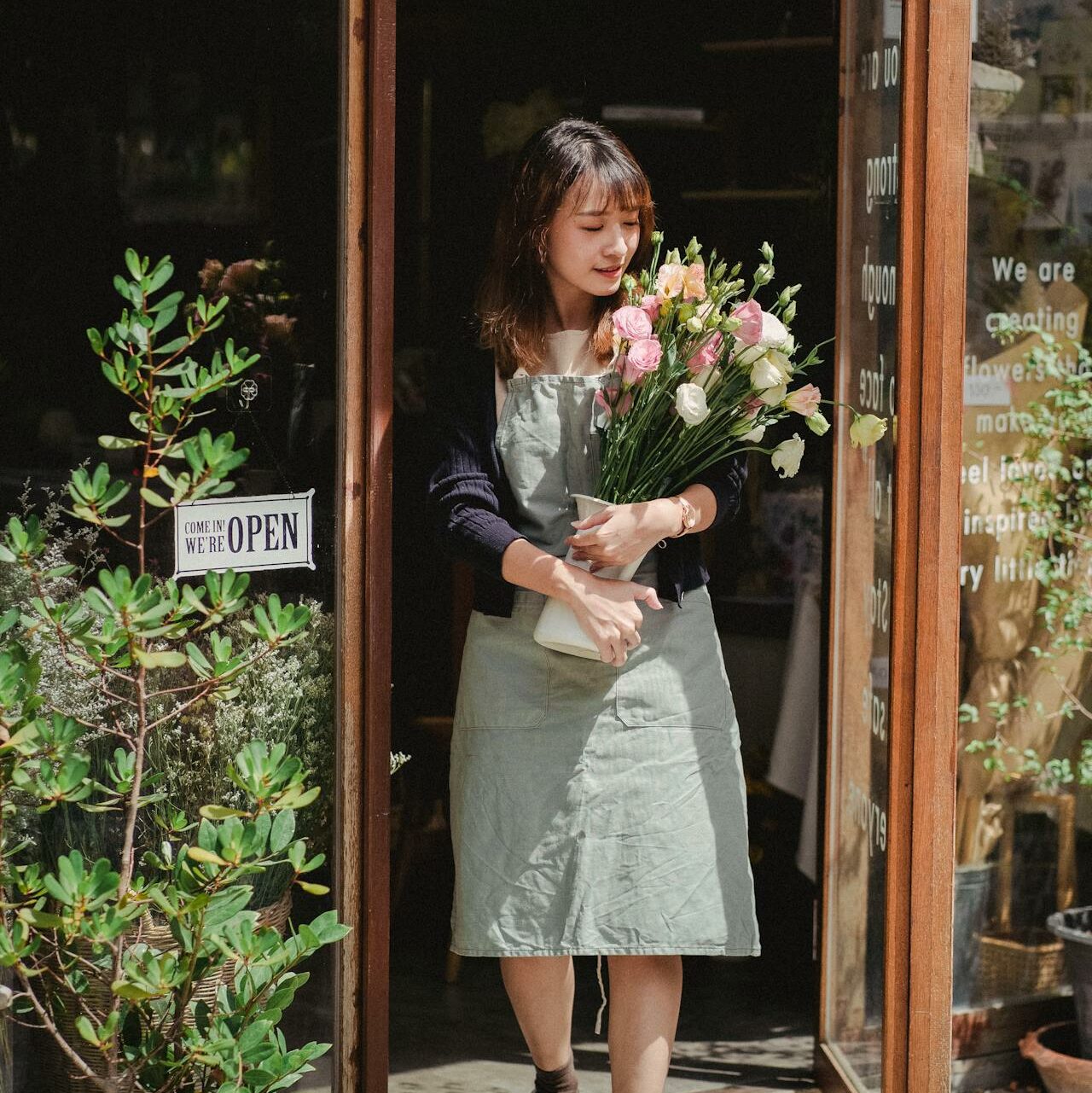Embracing Eco-Friendly Practices
In a world increasingly aware of environmental impact, the art of floristry is blooming with a new ethos – sustainability. “Sustainable Floristry: Embracing Eco-Friendly Practices” explores the shift towards eco-conscious floral design and provides practical insights into creating stunning arrangements while minimizing our ecological footprint.

One of the primary considerations in sustainable floristry is the source of your flowers. Support local growers and choose seasonal blooms to reduce the carbon footprint associated with long-distance transportation. By selecting flowers in sync with their natural growing cycles, you not only contribute to the local economy but also ensure your arrangements are environmentally friendly.
The choice of materials is another crucial aspect. Opt for containers that are reusable or made from recycled materials. Embrace the beauty of upcycling by incorporating vintage vases or repurposing items like mason jars into your designs. Not only does this reduce waste, but it also adds a unique and personalized touch to your creations.
Floral foam, a staple in traditional arrangements, has come under scrutiny for its environmental impact. In sustainable floristry, the move towards “foam-free” designs is gaining traction. Seek alternative mechanics like reusable frogs or eco-friendly foam options. These choices not only contribute to reducing plastic waste but also challenge florists to explore innovative design techniques.
Consider the lifecycle of your arrangements. Encourage customers to repurpose or compost flowers after they’ve served their decorative purpose. This mindset shift promotes a circular economy within the floral industry, minimizing the environmental impact of discarded blooms.
Furthermore, sustainable floristry involves a commitment to reducing waste. Choose suppliers and wholesalers that prioritize sustainability in their operations. By supporting businesses that share your eco-friendly values, you contribute to a collective effort to make the entire floral supply chain more sustainable.
Educate yourself and your customers about the environmental impact of certain flowers. Some varieties are grown using excessive pesticides and contribute to soil degradation. By making informed choices about the types of flowers you use, you actively participate in promoting environmentally responsible practices within the floral industry.
Embracing sustainable floristry isn’t just a trend; it’s a fundamental shift towards a more responsible and ethical approach to floral design. It challenges florists to think beyond aesthetics and consider the environmental implications of their choices. By incorporating eco-friendly practices into your floral designs, you not only contribute to a healthier planet but also inspire a movement towards a more sustainable and beautiful future.